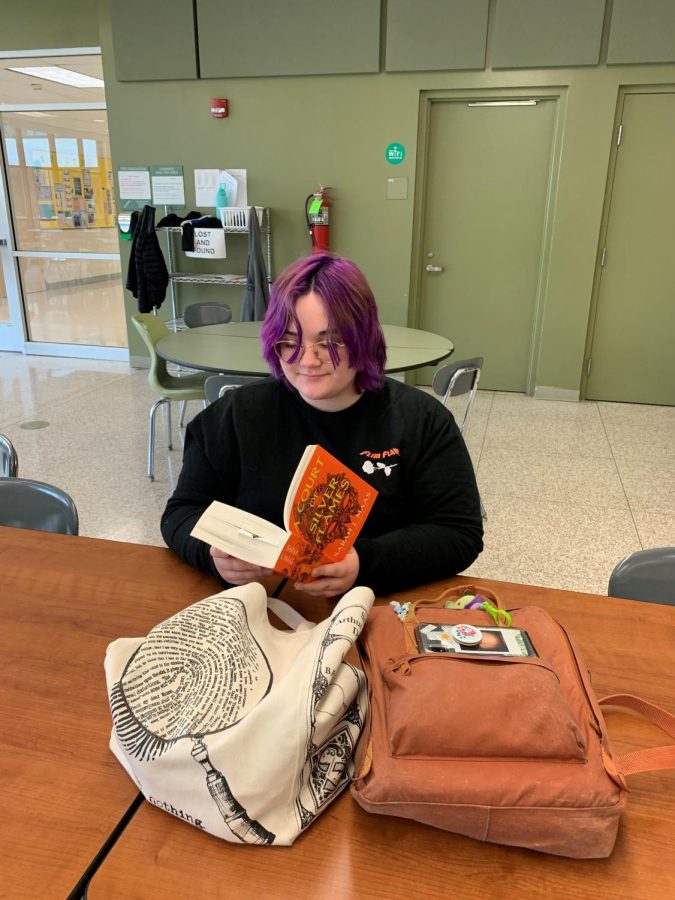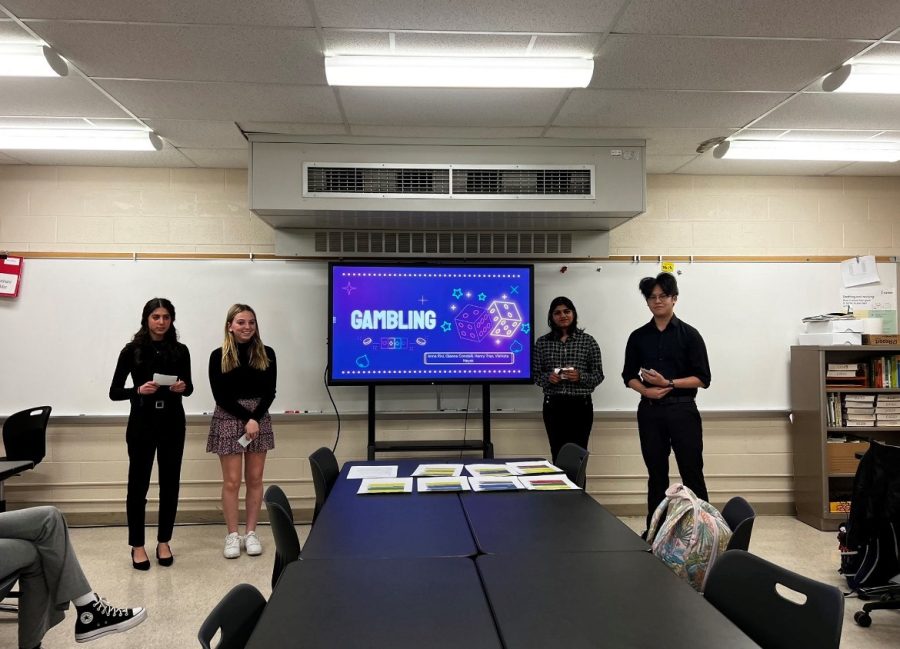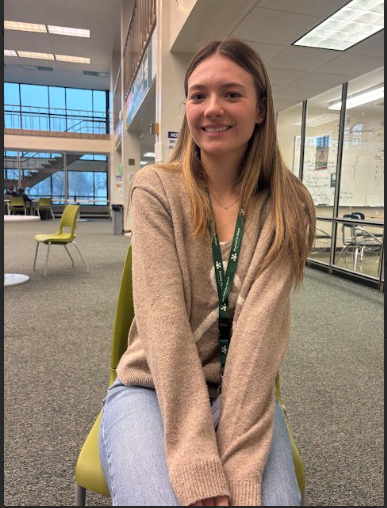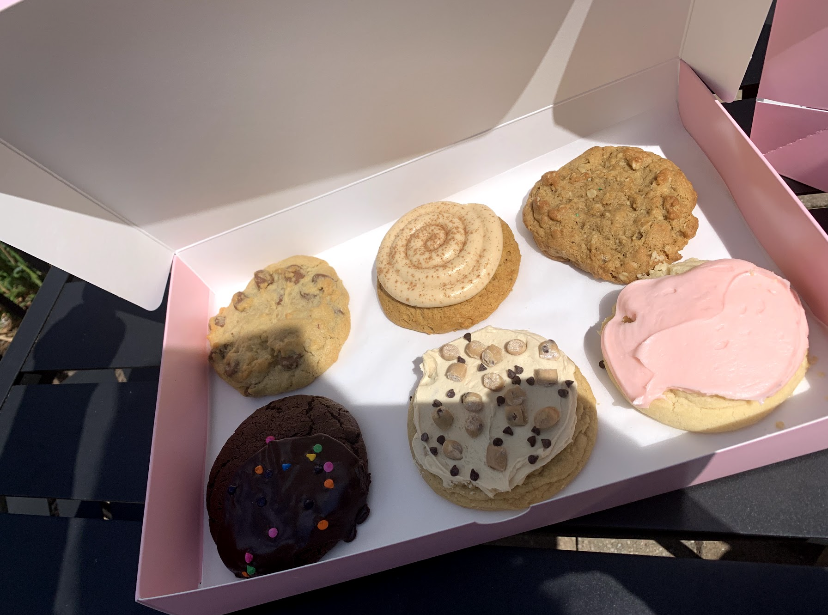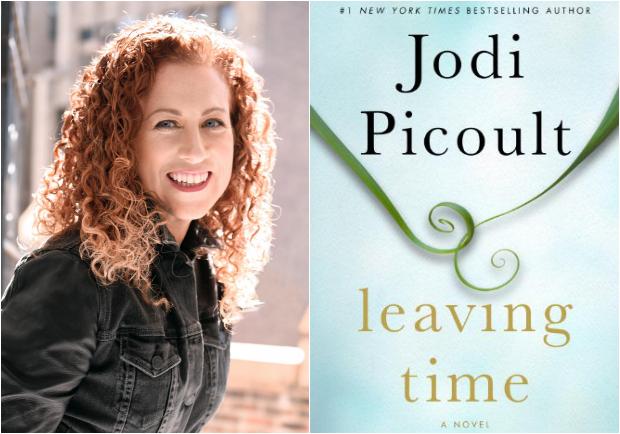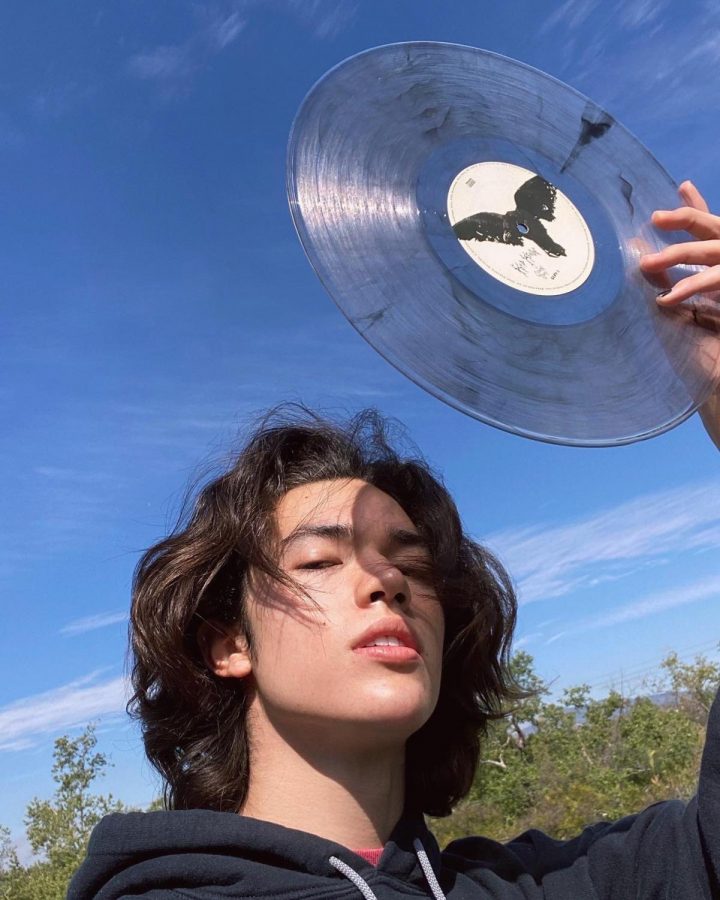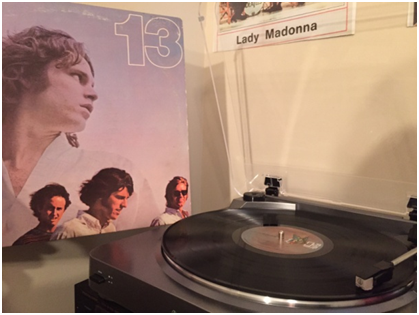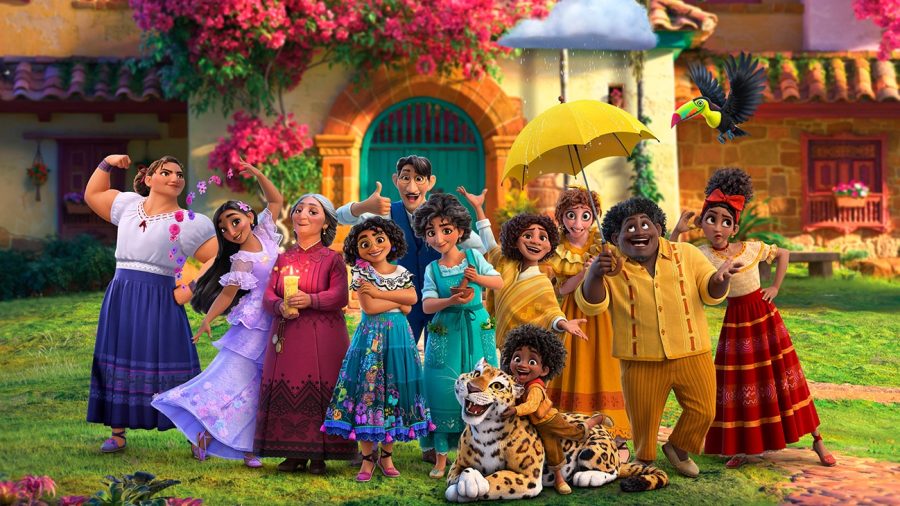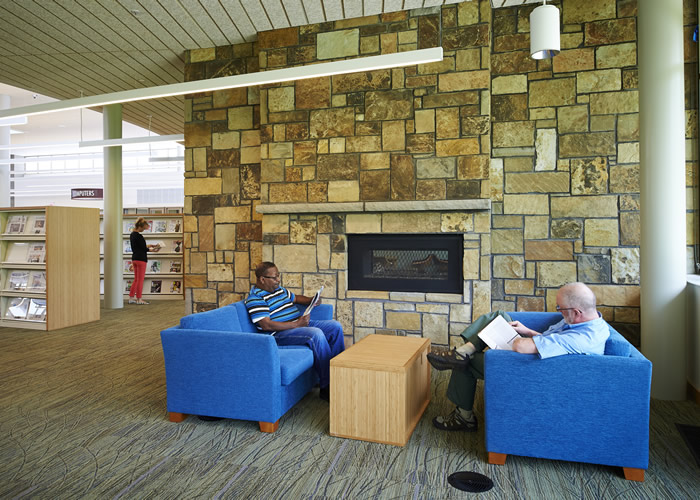OPINION: U.S. population should be social distancing
European Centre for Disease Prevention and Control
This graph shows the geographic distribution of COVID-19 cases world wide. It is updated daily on the European CDC website.
April 30, 2020
As COVID-19 continues to be a problem, it’s crucial to follow the rules and regulations surrounding social distancing in order to keep people safe.
The CDC explains, “COVID-19 spreads mainly among people who are in close contact (within about six feet) for a prolonged period. Spread happens when an infected person coughs, sneezes, or talks, and droplets from their mouth or nose are launched into the air and land in the mouths or noses of people nearby. The droplets can also be inhaled into the lungs.”
The CDC also wants people to know that people who aren’t currently displaying symptoms also play a role in the spread of the virus. So, even if there are no symptoms, one could still be carrying the virus thus causing further spread which is even more of a reason to distance yourself.
The organization said, “Since people can spread the virus before they know they are sick, it is important to stay away from others when possible, even if you have no symptoms.”
Mike Verdi, the teacher of AP Biology, Biology and Anatomy and Physiology, wants people to understand the reason we are being socially distant. He said, “We are not making the virus less harmful by social distancing, but rather we are giving ourselves a chance for better care if our hospitals are not stretched to the brink by treating patients with this highly virulent disease.”
Social distancing is used as a way to prevent those at a higher risk from catching the virus. “I think of social distancing as a sacrifice individuals make for the greater good,” he said. “You could maybe even compare it to getting a flu shot. While a typical strain of flu may ruin my weekend, a person who is more compromised could face serious health consequences if they get the flu.
“Thinking of my parents, my friends and family that work in healthcare, and my friends and student’s family members that are battling cancer, those are the people so many are sacrificing for,” said Verdi.
Corinn Cross, MD FAAP, an American Academy of Pediatrics (AAP) spokesperson, told healthychildren.org, “While most people who become infected will have symptoms similar to a cold or the flu, and children seem less affected by the virus than adults, we all are responsible for protecting those at higher risk. Steps like social distancing may feel like an inconvenience, but it’s the best way right now to protect our family, friends, and neighbors who may be vulnerable.”
Cross also understands that it may seem like a fun time to have get-togethers because children and most parents are home, but that is the exact opposite thing that people should be doing.
Cross said, “With schools closed and people working from home, it may be tempting to get kids together for playdates or sleepovers, or to think that gatherings of more than 10 people are safe. But, social distancing only works if we all participate. And slowing down or preventing the spread of the virus will save lives.”
Sophomore Hayden Price believes that while it may be upsetting in the moment, the overall impact social distancing makes on national health is crucial in order to prevent further spread. Price said, “Personally, I’ve been feeling pretty down. My mother and I have been using Zoom to stay connected to friends, and I’ve even joined a few support groups over it!”
If individuals follow the stay at home order, it will help hospitals when it comes to being able to handle the amount of patients as well as protecting those at risk. Even though it can be emotionally and mentally draining, Price said, “It’s really protecting those that are high risk, as most individuals are able to recover. It’s also slowing down the rate at which individuals need to be hospitalized, so hospitals have a better handle at taking care of COVID patients.”
Verdi states that he is very grateful for leaders who are taking scientific data as a way of making tough decisions when it comes to COVID-19. Verdi said, “I accept the scientific models that suggest we have really mitigated further disaster by social distancing. I think our state leaders should be commended for making really hard decisions when so many other leaders in our country and around the world struggled with making such tough decisions.”
It is vital that politicians and others in power continue to look into the limited scientific research about the virus in order to give civilians the best instruction they can during this awful time.
While Verdi feels that it is extremely important to practice social distancing, he also understands that some individuals may not have that luxury.
Verdi said, “My understanding is the possible further spread of this disease. We should note that some do not have a choice. People are experiencing this lockdown in many different ways. While my kids are lucky enough to have bedrooms, a backyard swing set and a basement to escape to, there are so many that have no such momentary sanctuary and are almost unable to distance themselves from others.”












